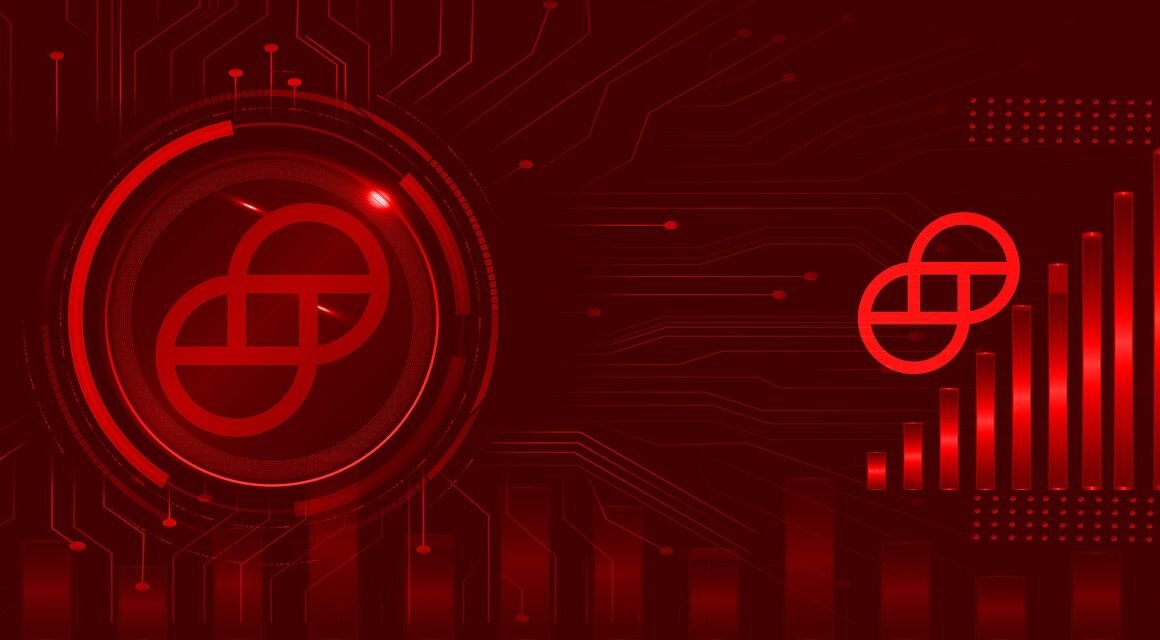Proof of Work (PoW) is the backbone of many popular cryptocurrencies, particularly Bitcoin. It’s a consensus mechanism that ensures the integrity and security of the blockchain. But what exactly is it, how does it work, and why is it so important? This post will delve into the intricacies of Proof of Work, exploring its strengths, weaknesses, and its role in the ever-evolving world of blockchain technology.
Understanding Proof of Work: The Foundation of Blockchain Security
What is Proof of Work?
Proof of Work is a consensus mechanism used to validate transactions and add new blocks to a blockchain. It involves solving a complex computational problem, requiring significant computing power and energy. The miner who successfully solves the problem is rewarded with cryptocurrency and the right to add the next block to the chain. This process secures the blockchain by making it computationally expensive to tamper with.
The Problem: Preventing Double Spending
In digital currencies, preventing “double spending” is crucial. Double spending occurs when the same digital token is spent more than once. In traditional financial systems, this is handled by a central authority like a bank. In decentralized systems like Bitcoin, Proof of Work acts as a decentralized mechanism to ensure that transactions are unique and valid, preventing double spending without the need for a central intermediary.
How it Works: Miners and Hashing
The process begins with miners collecting pending transactions into a block.
- These transactions are then subjected to a cryptographic hash function, which generates a unique, fixed-size string of characters (the hash).
- Miners then compete to find a nonce (a random number) that, when combined with the block’s data and hashed, produces a hash that meets specific criteria (e.g., starting with a certain number of zeros). This is the “work” in Proof of Work.
- The difficulty of finding this nonce is adjusted periodically to maintain a consistent block creation time.
- Example: Imagine trying to find a specific combination lock code that opens a chest. You could try random combinations until you find the right one. The Proof of Work process is similar, where miners are “trying” different nonces until they find the one that produces the desired hash.
The Mining Process: Hardware, Energy, and Competition
Hardware Requirements: From CPUs to ASICs
Initially, Bitcoin mining could be done using CPUs. However, as the network grew and the difficulty increased, miners transitioned to using GPUs (Graphics Processing Units) and eventually to specialized hardware called ASICs (Application-Specific Integrated Circuits). ASICs are designed specifically for mining, offering significantly higher hash rates and energy efficiency compared to CPUs and GPUs.
Energy Consumption: A Major Concern
Proof of Work is notorious for its high energy consumption. Mining requires vast amounts of electricity to power the hardware and keep it running 24/7. This has led to concerns about the environmental impact of PoW-based cryptocurrencies.
- Many projects are exploring alternative consensus mechanisms like Proof of Stake to address this issue.
- There’s a growing trend of miners using renewable energy sources to reduce their carbon footprint.
- Example: The Bitcoin network consumes approximately the same amount of electricity as some small countries. This has spurred debate about the sustainability of Proof of Work.
The Mining Ecosystem: Pools and Profitability
Due to the increasing difficulty, individual miners often join mining pools. A mining pool is a collaborative effort where miners combine their computing power to increase their chances of finding a valid block. The reward for finding a block is then shared among the pool members based on their contribution. Profitability depends on factors like:
- Hash rate of the mining hardware.
- Electricity costs.
- Price of the cryptocurrency being mined.
- Mining pool fees.
Security and Decentralization: The Strength of PoW
Immutability and Tamper-Proofing
One of the key benefits of Proof of Work is its immutability. Once a block is added to the blockchain, it’s incredibly difficult to alter. To tamper with a block, an attacker would need to re-do all the work that went into creating that block and all subsequent blocks, requiring an enormous amount of computing power (more than the combined power of the rest of the network). This is known as a 51% attack.
Byzantine Fault Tolerance
Proof of Work provides Byzantine Fault Tolerance, meaning that the system can still function correctly even if some of the participants (miners) are malicious or faulty. The honest miners collectively have more computing power, ensuring the integrity of the blockchain.
Decentralized Consensus
Proof of Work allows for a truly decentralized consensus mechanism. No single entity controls the network. The consensus is achieved through competition and mathematical proofs, ensuring that no one can unilaterally control the blockchain.
- Example: Consider a scenario where an attacker attempts to rewrite transaction history. The attacker would need to control more than 50% of the network’s hashing power to succeed, making such an attack extremely expensive and unlikely in practice.
Advantages and Disadvantages of Proof of Work
Advantages of Proof of Work
- Security: Robust security due to the computational cost required to tamper with the blockchain.
- Decentralization: No single entity controls the network.
- Proven track record: Has been used successfully for years by Bitcoin and other cryptocurrencies.
- Simple to understand: Relatively straightforward concept compared to other consensus mechanisms.
Disadvantages of Proof of Work
- High energy consumption: Significant environmental impact due to electricity usage.
- Scalability issues: Can be slow and inefficient for processing large numbers of transactions.
- Centralization concerns: Mining can become concentrated in the hands of a few large mining pools.
- Hardware requirements: Requires expensive specialized hardware.
- Actionable Takeaway: When evaluating cryptocurrencies, consider the trade-offs between security, decentralization, and energy consumption. Proof of Work offers high security and decentralization but comes at the cost of high energy usage.
Alternatives to Proof of Work: The Rise of Proof of Stake and Beyond
Proof of Stake (PoS)
Proof of Stake is a popular alternative to Proof of Work. Instead of miners, PoS uses validators who “stake” their cryptocurrency to validate transactions and create new blocks. Validators are chosen based on the amount of cryptocurrency they stake and other factors. PoS is generally more energy-efficient than PoW.
Other Consensus Mechanisms
There are many other consensus mechanisms being developed and used in blockchain technology, including:
- Proof of Authority (PoA): Relies on a set of pre-selected validators.
- Delegated Proof of Stake (DPoS): Users vote for delegates who then validate transactions.
- Proof of Burn (PoB): Miners burn (destroy) cryptocurrency to gain the right to mine new blocks.
- Example:* Ethereum, the second-largest cryptocurrency by market capitalization, transitioned from Proof of Work to Proof of Stake in 2022 with “The Merge,” significantly reducing its energy consumption.
Conclusion
Proof of Work remains a foundational technology in the blockchain space, providing robust security and decentralization. While its high energy consumption is a significant concern, ongoing research and development are exploring ways to mitigate its environmental impact. As the blockchain landscape continues to evolve, Proof of Work will likely continue to coexist with alternative consensus mechanisms, each offering its own unique set of trade-offs. Understanding the principles and implications of Proof of Work is crucial for anyone interested in the future of cryptocurrency and decentralized technologies.



